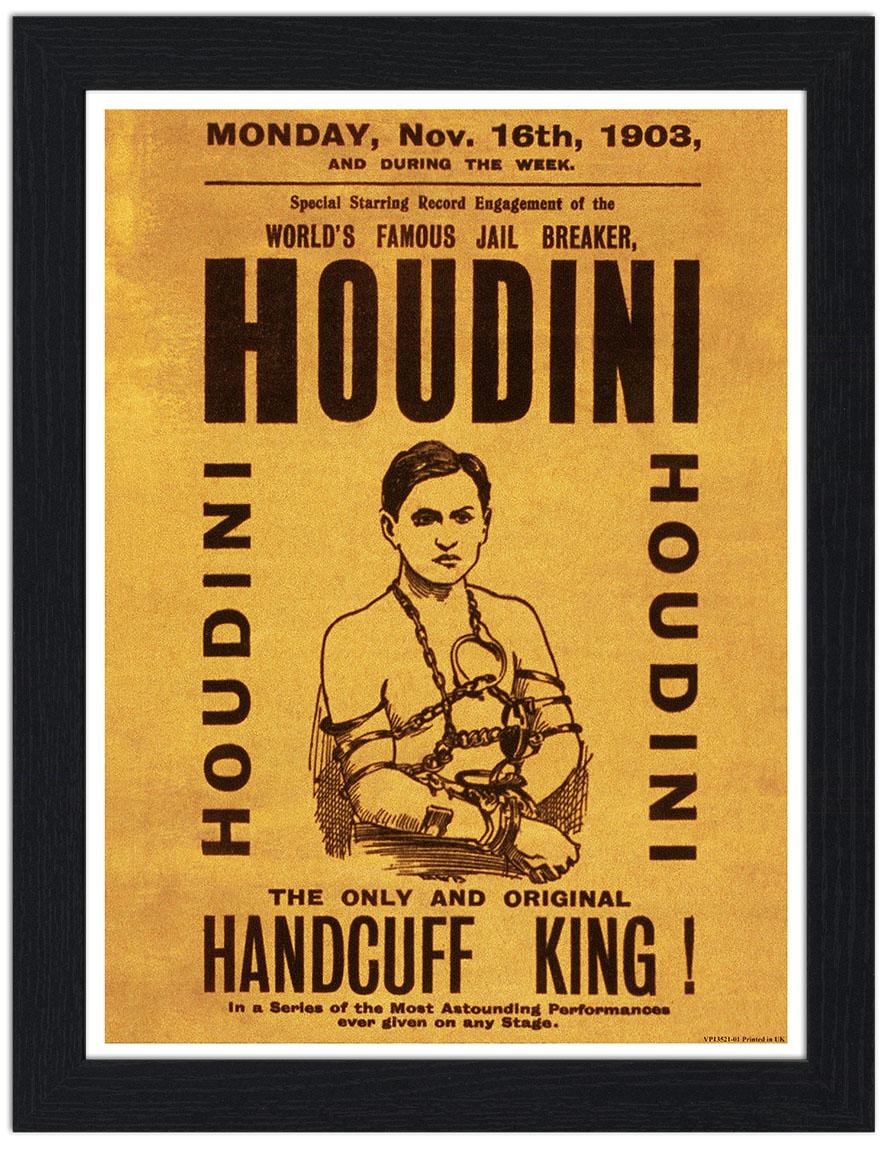
Garry Moore, the man who was almost Houdini, went on to fame in television with his popular talk show, The Garry Moore Show. When the film was finished, Selznick complained, and Paramount ended up paying $17,000 for the rights to keep from being sued for more. But Paramount refused to pay the $5,000 price. He didn't care for Schary's script, but as both projects were based on the Harold Kellock biography, he recommended Paramount buy it to avoid problems. It's unclear what happened to Selznick's Houdini project, but according to Shep Hyken's excellent website devoted to Houdini (1953), producer George Pal read the Vanguard script when he was preparing the Paramount classic with Tony Curtis. In October 1944, Film Daily announced that Houdini's brother Hardeen was now aboard the Vanguard project as the technical advisor (an inspired idea), and that it "may go before the cameras in January." Then, like so many Houdini biopics before, it vanished in a puff of smoke. Presumably, the movie would be released by Selznick's new distributor RKO (who had attempted to make their own fictionalized Houdini biopic in the 1930s). Radio personality Garry Moore was tapped to play Houdini, and William Dieterle, who had made the celebrated biopics The Story of Louis Pasteur and The Life of Emile Zola (which won the Academy Award for Best Picture in 1937), would direct.

In a Jmemo to the famous director, Selznick wrote: "Houdini with either Cary Grant or Joe Cotton can, I think, be an outstanding and enormously popular picture with very great opportunity for treatment by you." But Hitch wasn't interested, and instead the duo made Spellbound their next film.īut it didn't take long for Vanguard to lock down a director and star.

The duo had recently scored a huge success with the Oscar winning Rebecca. Selznick first approached Alfred Hitchcock about directing the film. In fact, it's likely Schary brought the idea of a Houdini biopic to Selznick when he became head of production, so it's probably more accurate to call this "Dore Schary's Houdini" (but I went with the bigger name - that's showbiz). Schary had been deeply involved in Paramount's aborted Houdini project in the 1930s, and was now the head of production at Vanguard.

In early 1944, The Hollywood Reporter announced that Dore Schary would produce the Houdini biopic for Selznick. The film was to be made by Selznick's newly formed Vanguard Films, the company he established after the dissolution of Selznick International in 1943. This was after a few attempts to make a Houdini movie had fallen through at other studios. Selznick wanted to do for Houdini what he had done for Scarlett O'Hara and produce what could have been a lavish, Oscar-worthy Houdini biopic. In the 1940s, Gone With The Wind producer David O.


 0 kommentar(er)
0 kommentar(er)
